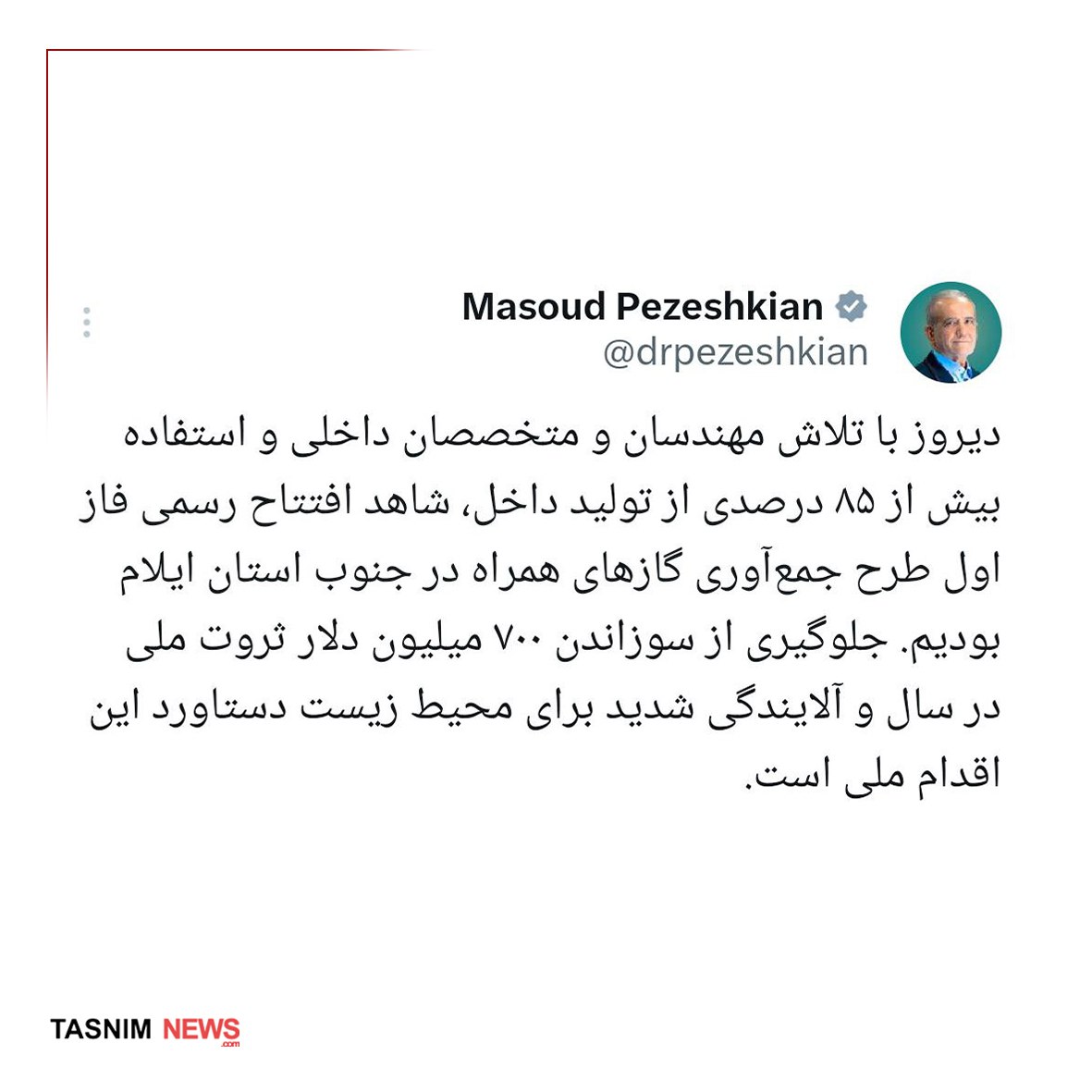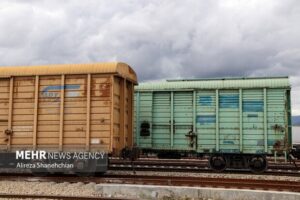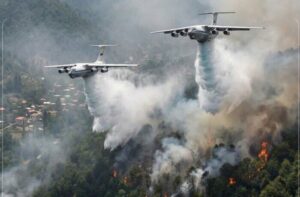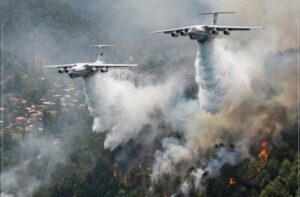He wrote:
“Yesterday, thanks to the efforts of Iranian specialists and the use of more than 85 percent domestically produced equipment, we witnessed the inauguration of the first phase of a project to recover flare gases in western Ilam province. Preventing the annual burning of $700 million worth of national resources and reducing severe environmental pollution were among the major achievements of this national initiative.”
Pezeshkian used a video link, on Saturday, to inaugurate the new unit in NGL 3100, a $1.6 billion petrochemical and refinery facility in the western province of Ilam that is supposed to work mainly on flare gas captured from oilfields.
The new phase would enable Iran’s Oil Ministry to capture nearly 2 million cubic meters (mcm) (70 million cubic feet) per day of natural gas that is normally burnt at oil production sites in the region.
A first phase of the project was opened in mid-July with a recovery capacity of 84 million cubic feet.
Iran’s Oil Minister Mohsen Paknejad said that flare gas delivery capacity to the NGL 3100 would increase by 45 million cubic feet by October and by another 40 million cubic feet in March.
Paknejad said that the project would enable Iran to capture up to $700 million worth of flare gas per year once it reaches its full capacity in March.
He said the flare gas used NGL 3100 is transferred from oilfields in the south of Ilam using 350 kilometers of pipelines before it is desalinated and processed for delivery to the facility.
The minister said the project includes a 100-megawatt (MW) power plant, which supplies 30 MW of its output to Iran’s electrical grid.
Paknejad said that the project creates 150 direct jobs and some 3,000 more in the wider supply chain.
Iran plans to capture up to 15 million cubic meters per day or nearly 5.47 billion cubic meters per year of natural gas from its oilfields until the end of the calendar year in late March.
That would be above a target of 4 billion cubic meters per year set in a five-year development plan of the country that ended in 2023.
However, an ongoing development plan stipulates that Iran should be able to capture 16 billion cubic meters of natural gas per year from its oilfields by 2028.








